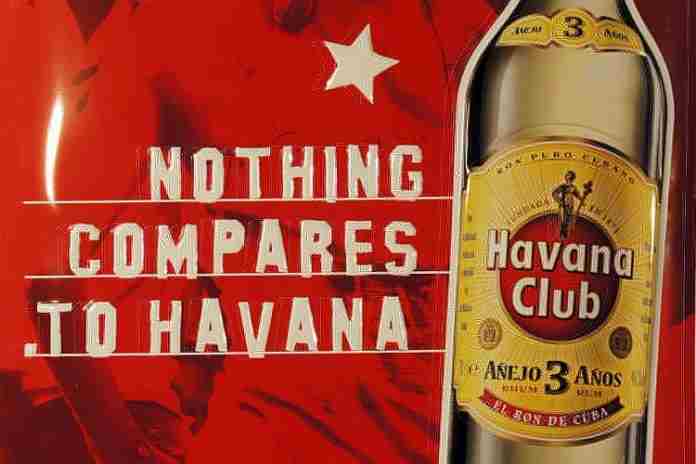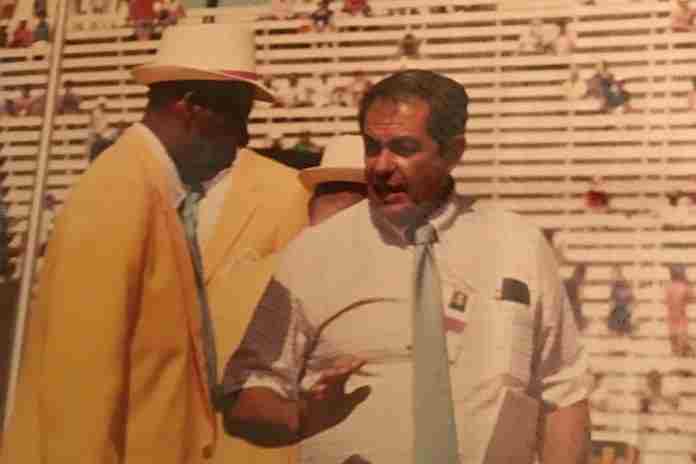(Friends: As you know, TheSportsExaminer.com is a free site, but we still have expenses, for hosting and technical support. Our semi-annual bill has arrived, and if you value what you read here, perhaps you can donate to help with the costs. Thank you.)
The breathless announcement on Twitter came at 9:12 a.m. Pacific time on Saturday (27th), stating
“The USOPC AAC and John Carlos call on the IOC and the IPC to abolish IOC Charter Rule 50″
Simple, direct and expected, but unfortunately it didn’t stop there. And to the disappointment of anyone who actually hoped for a bold, insightful vision of the future, it continued
“and develop a new policy in direct collaboration with athlete representatives.”
What a letdown.
And that’s before reading the image of a five-paragraph letter signed by six members of the U.S.. Olympic & Paralympic Committee’s Athletes Advisory Council, plus 1968 Olympic 200 m bronze medalist Carlos, who famously protested with a raised left fist during his victory ceremony. The letter included, in pertinent part:
“Athletes will no longer be silenced.
“We are now at a crossroads. The [International Olympic Committee] and [International Paralympic Committee] cannot continue on the path of punishing or removing athletes who speaks up for what they believe in, especially when those beliefs exemplify the goals of Olympism. Instead, sports administrators must begin the responsible task of transparent collaboration with athletes and athlete groups (including independent athlete groups) to reshape the future of athlete expression at the Olympic and Paralympic Games. Let us work together to create a new structure that celebrates athletes who speak about issues in alignment with human rights and the 7 principles of Olympism.”
Let’s form a committee.
To the credit of the letter’s authors, they recognize the enormous danger of the absence of restraints on protests at the Games and that their “fight for freedom” could, in fact, degrade or even kill the Games as an interest point for the worldwide public. Both the raised fist and the Nazi salute can be considered as “speech,” so where is the line?
Rule 50 of the Olympic Charter eliminates the weighing issue by flatly stating, “No kind of demonstration or political, religious or racial propaganda is permitted in any Olympic sites, venues or other areas.”
None means none, and so Carlos and co-protester Tommie Smith were kicked off the team by the U.S. Olympic Committee (as it was known in those days) shortly after their protest, as were Americans Vince Matthews and Wayne Collett after their 1972 protest on the victory stand after the 1972 Olympic 400 m final.
So now, if we take the athlete letter at its word, some forms of protest must be acceptable, but some must not.
This is news?
Isn’t this exactly what USOPC chief executive Sarah Hirshland started on 8 June:
“Today, I am creating an athlete-led group to challenge the rules and systems in our own organization that create barriers to progress, including your right to protest.”
She said during a post-Board meeting teleconference on 18 June that “We’ve had about 30 athletes so far come forward and volunteer to be an active part of our process. We are working on a working group that will likely have several sub areas focused on education and training, focused on diversity and inclusion in our organization and our community.”
And didn’t the the IOC Executive Board do the same in asking its Athletes’ Commission to consider back on 10 June:
“The IOC Executive Board supports the initiative of the IOC Athletes’ Commission to explore different ways of how Olympic athletes can express their support for the principles enshrined in the Olympic Charter, including at the time of the Olympic Games, and respecting the Olympic spirit.”
Where is the clear, direct statement that should replace Rule 50?
Nowhere.
And if the “discussion” – whatever it ends up being – is going to truly “solve” the athlete’s “voice” issues, then it also has to include the IOC’s Rule 40/Bylaw 3 requirements on commercialization of an athlete’s performance. The current rule reads:
“Competitors, team officials and other team personnel who participate in the Olympic Games may allow their person, name, picture or sports performances to be used for advertising purposes during the Olympic Games in accordance with the principles determined by the IOC Executive Board.”
The IOC has told athletes to work this out with their own National Olympic Committees, but if we are talking about athlete’s “voice” and athlete “rights,” then how far are we from seeing these “demonstrations” on the awards podium:
● An athlete receiving a medal, then unfolding and wearing a bib showing the Stars and Bars of the old Confederacy?
● A “protest” concerning any of the many worldwide conflicts or even personal messages? This list could be infinite, but let’s start with “Free Tibet,” “Free Hong Kong,” “Death to Israel,” the separatist movement in Spain and many, many more.
● And if we are talking about athlete rights and speech, what about athletes showing commercial messages on bibs placed on top of their clothing? How about the visual equivalent of “I’m going to Disney World!” or perhaps specific brand ads, even for disfavored categories such as distilled spirits, like Havana Club rum (the Cuban version or that made in Puerto Rico?), or tobacco products like famed Montecristo cigars (Cuban or Dominican or Nicaraguan)?
How will these be prevented? Who will “screen” athletes to ensure that they make an “appropriate” protest or demonstration prior to the beginning of a ceremony? Is this up to the IOC Athletes’ Commission? A member of the NOC of the athlete to be awarded?
And when (not if) these kinds of “repugnant” demonstrations take place in ceremonies, awards presentations or are cleverly included in competition uniforms, what sanctions – if any – are to be handed out?
Who makes those decisions? How quickly? If a swimmer “demonstrates” or “protests” on the first night of competition, with four or five more events to come, when does the decision come down relative to their other events … which may start the next day?
The IOC’s Executive Board is right that this is an athlete’s issue, with proposals to be worked out among current and former athletes, preferably with some consensus, and then advanced to the IOC and IPC for their review, discussion and acceptance and/or revision.
How long is this going to take?
As Hirshland stated in the 18 June teleconference, “we have not done that work yet” and the athlete’s letter from Saturday does not advance anything.
I understand from personal experience this kind of process. In 1980, with the Olympic boycott by the U.S., The Athletics Congress sent the track & field section of the American “Olympic Team” on two European tours, the first before the Moscow Games and the second after the Games had finished. During one of the first nights of the first stop of the first tour in Stuttgart, Germany, the two team press officers – the late Bruce Tenen and myself – were requested to meet with an athlete group that included the late Dick Buerkle, Olympic 800 m gold medalist Madeline Manning Mims and others, to draft a statement concerning the boycott and the athlete view of it.
We produced a draft within a day and the athlete leadership group made revisions and then took it with them to present to the USOC prior to the White House ceremony for the 1980 team. That draft was the core of the statement finally issued by the athletes later in the summer.
Hasn’t anyone done the same for a new set of IOC rules already? Where’s the draft?
Tokyo is 421 days away. And no committee meetings have yet been scheduled.
Rich Perelman
Editor
You can receive our exclusive TSX Report by e-mail by clicking here. You can also refer a friend by clicking here.

























